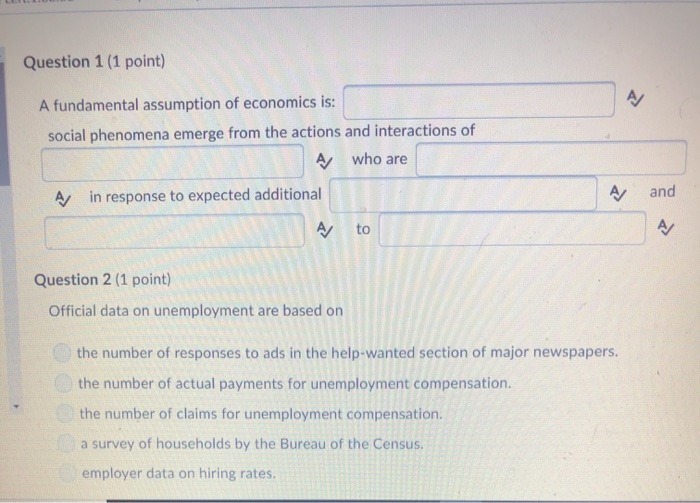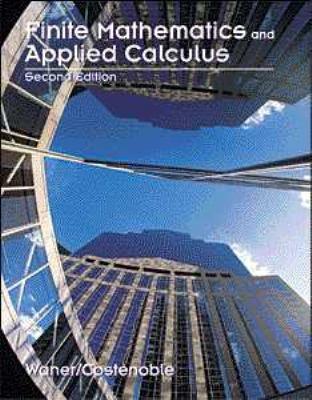Question
Question: Consider a family with a mother, father, and two children. Consider the following set of events: A1 = {mother has influenza}; A2 = {father
Question:
Consider a family with a mother, father, and two children. Consider the following set of events: A1 = {mother has influenza}; A2 = {father has influenza}; A3 = {first child has influenza}; A4 = {second child has influenza}; B = {at least one child has influenza}; C = {at least one parent has influenza}; D = {at least one family member has influenza}. What does A1 ? A2 mean?
(a) Either the mother or the father has influenza (b) Both the mother and the father have influenza (c) Neither the mother nor the father has influenza (d) All the family members have influenza
2. Consider a family with a mother, father, and two children. Consider the following set of events: A1 = {mother has influenza}; A2 = {father has influenza}; A3 = {first child has influenza}; A4 = {second child has influenza}; B = {at least one child has influenza}; C = {at least one parent has influenza}; D = {at least one family member has influenza}. Are A3 and A4 mutually exclusive events? (a) Yes (b) No (c) Maybe
3. Consider a family with a mother, father, and two children. Consider the following set of events: A1 = {mother has influenza}; A2 = {father has influenza}; A3 = {first child has influenza}; A4 = {second child has influenza}; B = {at least one child has influenza}; C = {at least one parent has influenza}; D = {at least one family member has influenza}. Express D in terms of B and C (a) D = B or C (b) D = B & C (c) D does not equal B or C
4. Consider a family with a mother, father, and two children. Consider the following set of events: A1 = {mother has influenza}; A2 = {father has influenza}; A3 = {first child has influenza}; A4 = {second child has influenza}; B = {at least one child has influenza}; C = {at least one parent has influenza}; D = {at least one family member has influenza}.
- Suppose an influenza epidemic strikes a city. In 10% of families, th


Step by Step Solution
There are 3 Steps involved in it
Step: 1

Get Instant Access to Expert-Tailored Solutions
See step-by-step solutions with expert insights and AI powered tools for academic success
Step: 2

Step: 3

Ace Your Homework with AI
Get the answers you need in no time with our AI-driven, step-by-step assistance
Get Started


